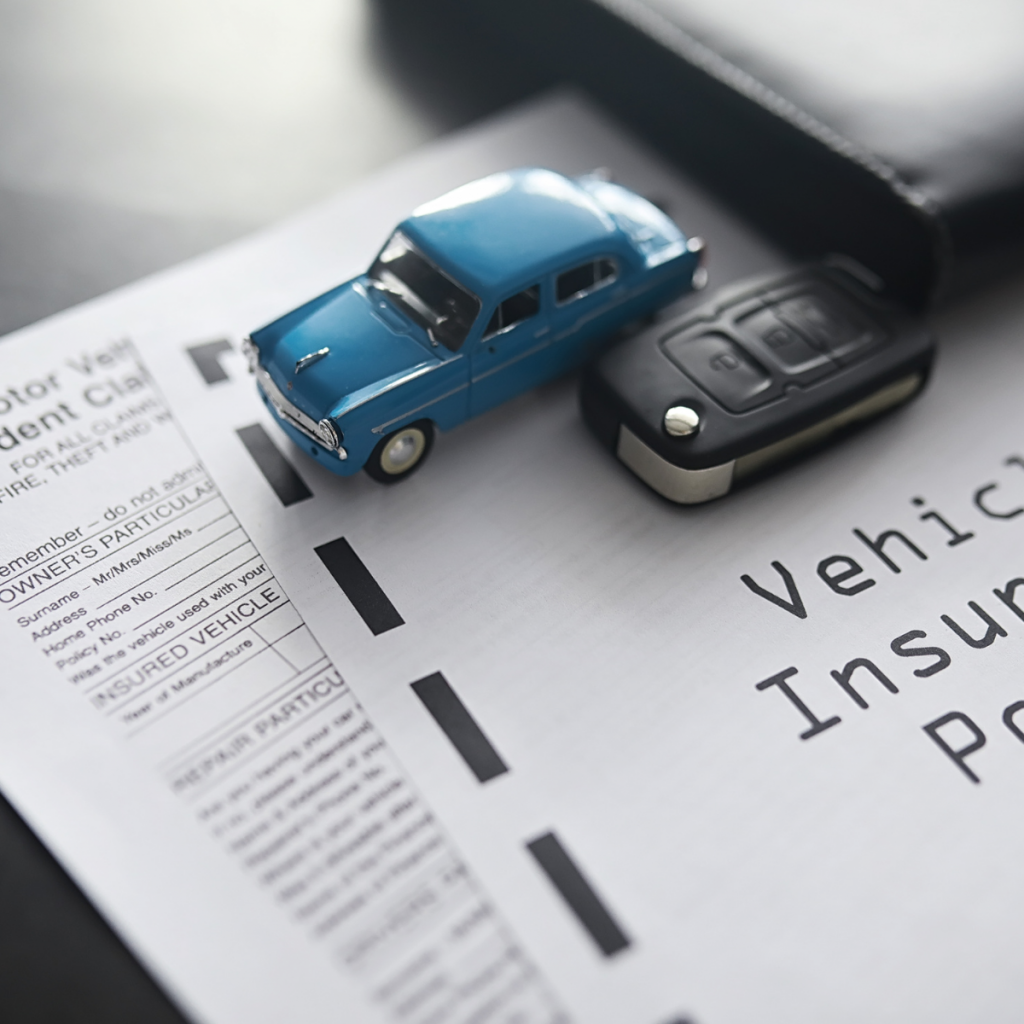Understanding the factors that influence your car insurance premium can save you money and help you make informed decisions. Insurance companies analyze various elements to determine the cost of your policy. While some of these factors are beyond your control, others can be managed to lower your rates. Let’s dive into the key aspects that affect your car insurance premium and how you can optimize them for better savings.
Driving History
One of the primary factors impacting your car insurance premium is your driving record. Insurers look at your history to assess the level of risk you pose as a driver. A clean record with no accidents or traffic violations shows you’re a responsible driver, which typically leads to lower premiums. Conversely, a record with multiple infractions, such as speeding tickets or accidents, signals a higher risk, resulting in higher costs.

If you’ve had violations in the past, consider taking a defensive driving course. These courses can demonstrate your commitment to safer driving and may qualify you for discounts. Additionally, maintaining a clean driving history over time can lead to significant reductions in your insurance rates.
Type of Vehicle
The make, model, and year of your car play a crucial role in determining your insurance premium. Luxury cars, sports cars, or vehicles with high-performance engines often have higher premiums because they cost more to repair or replace. On the other hand, standard models with good safety ratings are generally less expensive to insure.
Insurers also consider the likelihood of theft. Cars with advanced security systems or anti-theft devices may qualify for discounts. Before purchasing a vehicle, research its insurance costs and consider choosing a model that balances your preferences with affordable premiums.
Location
Where you live is another significant factor in determining your car insurance premium. Urban areas often have higher rates due to increased traffic, higher chances of accidents, and greater risk of theft or vandalism. In contrast, rural locations usually have lower premiums because of less congestion and fewer reported incidents.
Your parking situation also matters. If your car is parked in a secure garage overnight, it’s considered safer than leaving it on the street, which may lower your rates. While you can’t always control where you live, taking steps to secure your vehicle can help reduce your costs.
Age and Experience
Your age and driving experience significantly impact your car insurance premium. Younger drivers, particularly those under 25, often face higher rates because they’re statistically more likely to be involved in accidents. Similarly, new drivers with limited experience are considered higher risk, regardless of age.
As you gain experience and maintain a good driving record, your rates will typically decrease. Some insurance companies offer discounts for student drivers with good grades or for completing driver’s education programs. If you’re a parent with a young driver on your policy, consider these options to manage costs.
Coverage and Deductibles
The level of coverage you choose directly affects your premium. Comprehensive and collision coverage provide extensive protection but come at a higher cost. Conversely, opting for minimum liability coverage reduces your premium but leaves you with less protection in the event of an accident.
Your deductible also plays a role. Choosing a higher deductible can lower your premium, but it means you’ll pay more out of pocket if you file a claim. Finding the right balance between affordable premiums and adequate coverage is essential to ensure you’re protected without overspending.
Additional Factors
Several other aspects can influence your car insurance premium:

- Credit Score: In many regions, insurers use credit scores to predict risk. A higher credit score can lead to lower premiums.
- Mileage: The more you drive, the higher your risk of accidents. Drivers with lower annual mileage often qualify for discounts.
- Policy Discounts: Bundling your car insurance with other policies, such as home insurance, can lead to savings.
- Gender and Marital Status: Statistically, married drivers or women may receive lower rates, as they’re considered lower risk in some cases.
Conclusion
By understanding the factors that affect your car insurance premium, you can take proactive steps to manage your costs. Maintaining a clean driving record, choosing the right vehicle, and considering your coverage needs can make a significant difference. Regularly reviewing your policy and comparing quotes from different insurers ensures you’re getting the best value. With a strategic approach, you can enjoy both comprehensive coverage and affordable rates for your car insurance.

Leave a Reply